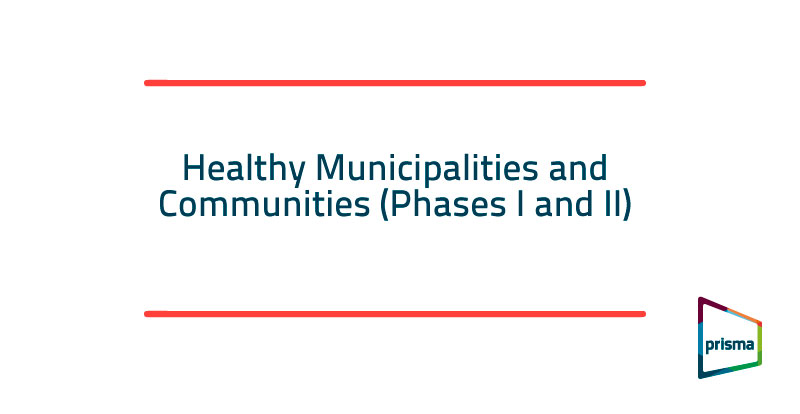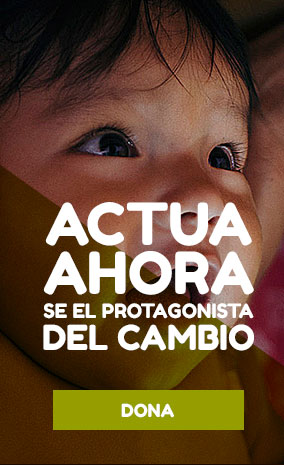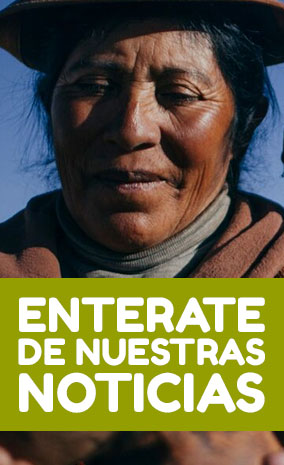
A key factor for a community to reach adequate standards in maternal-and-child healthcare – an aspect that is an indicator of the level of development – is health promotion in such a way that the population decides on the type and model of development it wishes to adopt. These will be in the framework of the local, national, and international policies that do not violate their culture or identity and which encourage a legal economy in an atmosphere of equity, peace, and social justice.
The active participation of all the stakeholders and organizers of local development is, therefore, decisive. They are represented by: at the district level, the Local Development Office (ODL) and the Local Technical Team (ETL); at the community level, the Community Board (JC); and at the school level, the Institutional Education Council (CONEI). The objective is that, once the strategy has been included in the local development plans, it will be put into operation with a multi-sector approach and with the active participation of the population.
Objective: To improve the health status of women and children who live in coca-producing areas, establishing the approach of promotion of health and development in municipalities, communities, schools, and families of these areas, through the implementation of the strategy of Municipalities, Communities, Educational Institutions Promoters of Health and Development (IEPS y D) and Healthy Families in coca-producing areas.
Source of funding: Pathfinder International/USAID
Project area: Coca-growing valleys of: Tocache, Aguaytía, Leoncio Prado, Pangoa – Río Tambo, Puerto Inca-Codo del Pozuzo, Juanjui-Chazuta, and the Apurímac River Valley, located in the Regions of Ucayali, Huánuco, San Martín, Ayacucho, Junín, and Cusco.
Duration:
- Phase one: July 2004 – June 2005.
- Phase two: July 2005 – June 2006.

Testimonios

